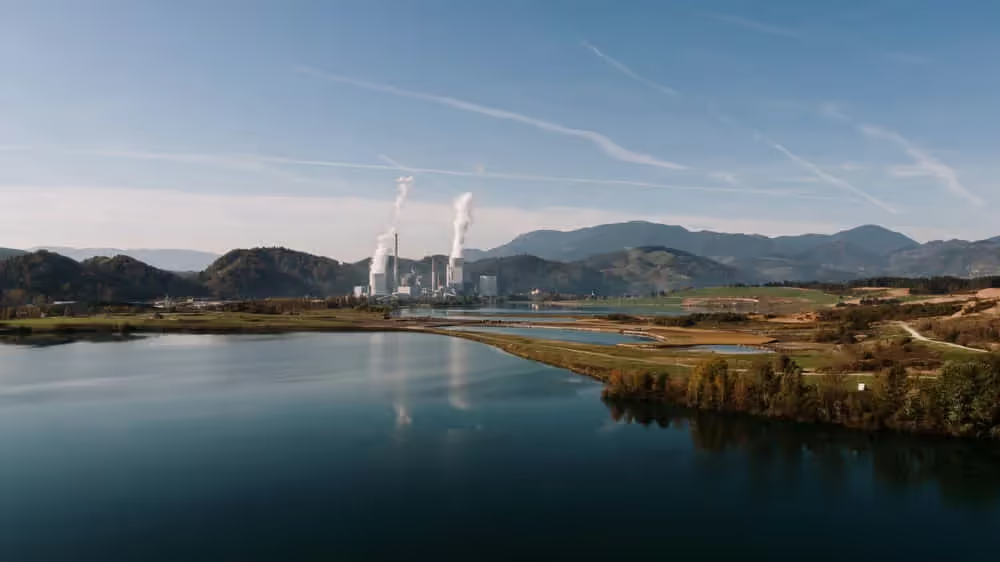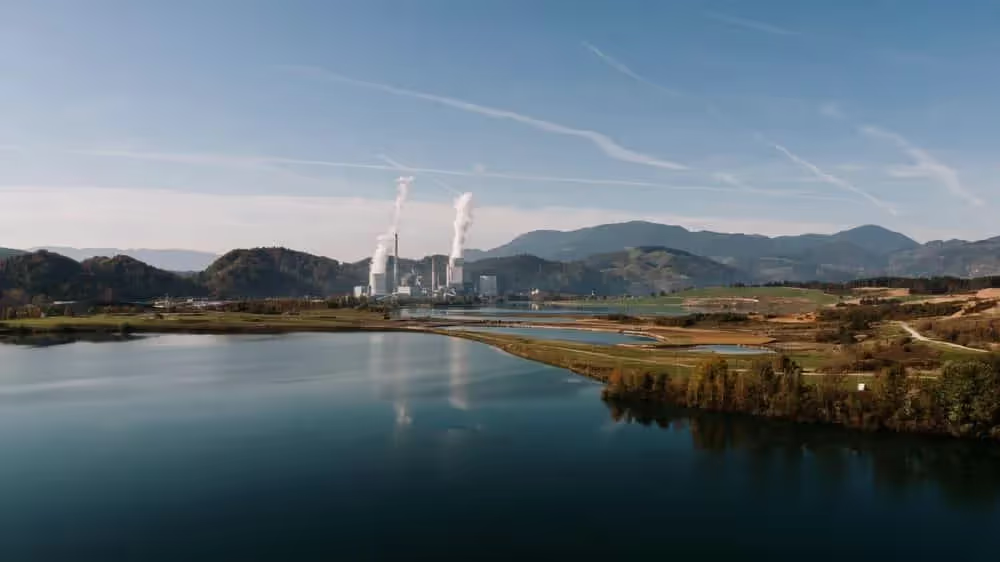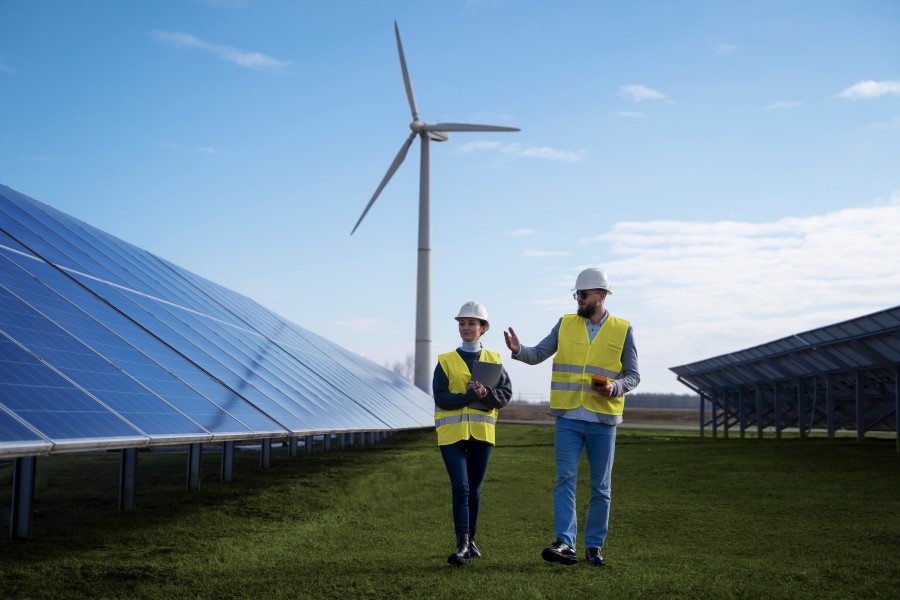
Geothermal energy is becoming a remarkable option in the world of renewable resources. It is clean, sustainable, and can supply power continuously. Geothermal energy offers a stable power supply with low emissions.
There are some challenges with geothermal energy too. Drilling costs can be high, and suitable locations are limited. People often find these obstacles hard to ignore when considering geothermal projects.
With both benefits and drawbacks, geothermal energy presents a complex but intriguing option. This energy source could play a key role in future energy strategies.
What is geothermal energy?
Geothermal energy comes from the heat inside the Earth. This energy can be used for electricity production and heating. Systems that harness geothermal energy can be direct-use, power plants, or geothermal heat pumps. Geothermal energy also supports heating and cooling for homes and industrial applications.
Types of geothermal energy systems
There are three main types of geothermal energy systems: direct-use systems, geothermal power plants, and geothermal heat pumps.
- Direct-use systems use hot water from springs or reservoirs near the Earth's surface. This water is used for heating buildings, greenhouses, and aquaculture.
- Geothermal power plants convert geothermal energy into electricity. They use steam from underground reservoirs to drive turbines.
- Geothermal heat pumps are used in residential areas. They transfer heat from the ground for heating and cooling buildings.
Each system has unique applications and benefits. For power plants, they work best in areas with high geothermal activity. Heat pumps, in contrast, are suitable for various locations because they rely on stable ground temperatures. Understanding these types helps in choosing the right system based on the needs and location.
Applications in residential and industrial sectors
In the residential sector, geothermal energy is often used for heating and cooling through geothermal heat pumps. These systems provide an efficient way to maintain comfortable indoor temperatures. They work well in homes because they reduce reliance on fossil fuels and lower electricity bills.
In the industrial sector, geothermal energy is used for power generation and direct heating applications. Industries that require large amounts of heat, like food processing or chemical production, benefit from cost savings and reduced emissions. Geothermal plants provide a consistent energy supply, which is crucial for continuous industrial operations.
These applications show geothermal energy's versatility in different sectors, providing sustainable and cost-effective energy solutions.
Pros of geothermal energy

- Renewable resource: geothermal energy is a sustainable power source. It comes from the heat inside the earth, which will last for billions of years. Unlike fossil fuels, this energy does not run out.
- Low emissions: it produces very few greenhouse gases. The process of converting geothermal energy to electricity releases minimal carbon dioxide, making it an environmentally friendly option.
- Reliable supply: geothermal plants can produce energy consistently. Unlike solar or wind energy, it's not affected by weather changes. This makes geothermal power a stable and predictable energy source.
- Small land footprint: geothermal power plants take up less space compared to other renewable energy sources. This minimizes the impact on local ecosystems and preserves land for other uses.
- Job creation: the development of geothermal energy projects can lead to new jobs. This includes technical, construction, and maintenance roles, boosting local economies.
- Efficient heating and cooling: geothermal energy can be used for heating buildings in winter and cooling them in summer. This efficiency can lead to lower energy costs for homes and businesses.
- Local benefits: geothermal energy can be harnessed locally, reducing the need for importing fuels. This can enhance energy security for communities that adopt it.
Cons of geothermal energy
Geothermal energy can have some negative impacts on the environment. Drilling into the Earth's crust can release harmful gases stored underground. These emissions include carbon dioxide, hydrogen sulfide, and methane, which can contribute to air pollution.
- High costs: building and maintaining geothermal power plants can be very expensive. Initial costs for drilling and exploration are high, and this might not be feasible for all locations. It might take many years to see a return on investment.
- Geothermal plants are often located in specific geographic areas. These locations can limit access for electricity production and distribution. If the site is far from cities, transmission can be challenging and costly.
- Resource depletion: over time, geothermal fields might lose their potency. If they are overused, they can cool down and become less productive. This makes sustainable management essential to avoid resource depletion.
- Geothermal facilities can also cause minor earthquakes. It's rare, but when the earth's crust is disturbed, it can lead to seismic activity. This might be concerning in areas that are already prone to quakes.
- Noise pollution: the construction and operation of geothermal plants can produce a lot of noise. This can be disruptive to local wildlife and communities living near the plants.
Finally, not every country has access to geothermal resources. Regions without natural geothermal energy sources may not benefit from this form of power generation.
The future of geothermal energy
Geothermal energy is growing as a stable and clean power source, with many countries investing in its development to reduce reliance on fossil fuels. New technologies, such as Enhanced Geothermal Systems (EGS), improve efficiency and allow geothermal plants to operate in more locations. Government funding supports these advancements, reducing costs and making geothermal energy more competitive.
While challenges like site limitations exist, geothermal energy remains a reliable and low-emission option. As awareness of climate change rises, more research and innovation are being focused on overcoming these barriers, helping the industry reach its full potential.
In summary, geothermal energy has a promising future. With technological advances and global support, it is expected to grow and become a crucial part of the world's energy solutions.
References
- Environmental impact of renewable energy source based electrical power plants: Solar, wind, hydroelectric, biomass, geothermal, tidal, ocean, and osmotic
- Corrosion in geothermal environment: Part 1: Fluids and their impact
- Review on life cycle environmental effects of geothermal power generation
- Geothermal energy for sustainable development: A review of sustainability impacts and assessment frameworks




